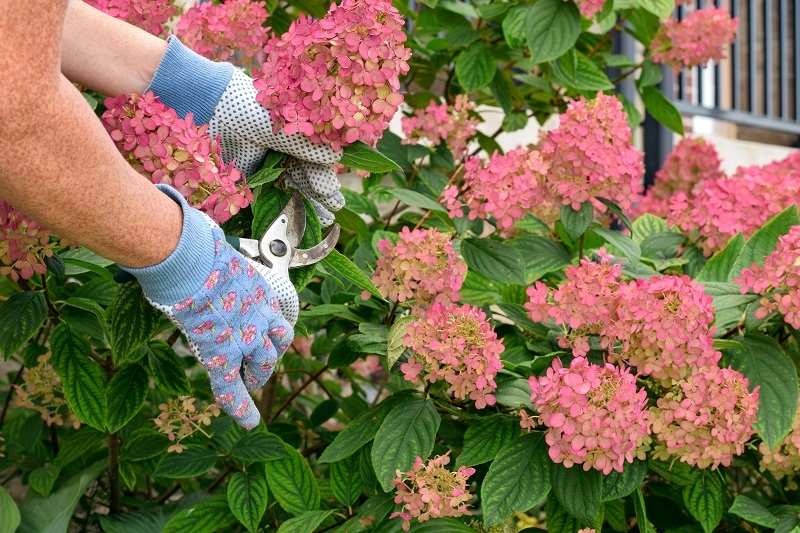
Perennial plants are the backbone of any attractive garden. Perennials come back year after year with exciting flowers and bold foliage, while annuals last just one season. Perennial flower care involves careful landscaping that you must maintain to keep perennial flowers healthy, such as watering occasionally and cutting them back. Perennial flower care does not need to be difficult. Knowing what perennial gardens require for longevity ensures you achieve beautiful blooms, prolong flowering through deadheading, and limit replacements for years. Getting it right from when to divide perennial flowers to persistently avoiding perennial care mistakes will ensure that flowering perennials provide time savings and low-maintenance blooms without sacrificing a blossoming perennial garden.
This guide goes in-depth into perennial flower care from soil preparation to seasonal routines, bloom season strategies, and how to make your garden last for years to come.
Understanding what perennials need is key to caring for them. Perennials have a life cycle that can last for multiple years and are characterized by active growth, blooming, dormancy, and renewal phases. Healthy and dependable cycles can be achieved by caring for perennial flowers appropriately.
By understanding these general steps, gardeners set themselves up for many years of reliable, stunning flowers.
Soil prep is a hugely important step in helping your perennial gardening success. Healthy soil is what blessed low-maintenance tunning perennials need; they have lots of things to do on them.
Providing perennials with the proper foundation decreases the need for constant watering and feeding. This is one of the largest secrets of having a garden full of dependable, low-maintenance perennials.
One of the most neglected perennial flower care activities is division. Understanding when and how to begin dividing perennial flowers is the difference between not dealing with overcrowding and keeping blooms at their best.
Divide most perennials every 3–5 years. This not only brings plants back to life but also provides gardeners with new plants to add to their beds or give away.
All gardeners desire extended bloom periods. The answer is in wise perennial bloom season strategies that maintain flowers bright all season long.
Strategies for Prolonging Bloom Period:
Following these perennial bloom season tips can turn your garden into a blooming spectacle from spring to fall.

A seasonal routine provides healthy, predictable growth and avoids perennial flower care errors.
Even experienced gardeners err when working with perennials. The following are the most common perennial flower care errors and how to avoid them:
Avoiding these mistakes will ensure your perennials perform healthily, strongly, and long-lasting.
If you are looking for flowers and colors without much maintenance, low-maintenance perennials are the way to go. Plants like hostas, the daylily, and black-eyed Susans provide color with minimal care.
The advantages of having low-maintenance perennials are:
By including these plants in your flower bed, you will be able to enjoy your flowers even when you do not have time to put into caring for them.
To build a sustainable garden, consistency is important.
The more intentionally you care for perennial flowers, the more rewarding and predictable your garden will be.
Learn how to maintain perennials - it is more than an afterthought for gardeners; it is a commitment to your garden's beauty, stewardship, and longevity. Through exploring perennial care, when to divide perennial flowers, and helpful hints for perennial blooming season, I hope to help you avoid the most common perennial flower care mistakes and cultivate a restorative garden. Are you interested in exploring low-maintenance perennials for ease, or colorful perennial flower varieties for a longer blooming season? In fact, learning how to care for perennial flowers will help ensure your garden is healthy and full of life and energy each year. With proper care and maintenance, perennial flowers are not just flowers; they are friends of the seasons.
This content was created by AI